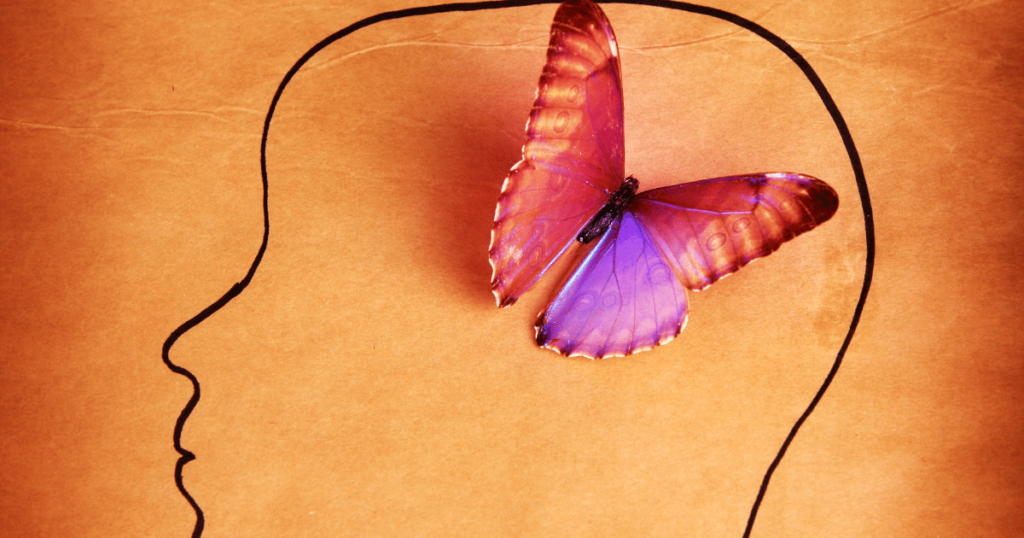
Raising a Beautiful Mind: introductions
I’ll introduce myself as this is my first post to this innovative publication. I’ve been a mindful educator for several decades, working at the university level worldwide and, more latterly, in Japan. Having a hand in preparing young Japanese for stepping into the global community has been a privilege. However, I have found my methods challenged because of the modes of communication here (I still live and work in Japan, though as a full-time writer, I gather all my experiences with raising beautiful minds in books and e-publications).
Therefore, my two areas of expertise are learning styles and communication modes that will benefit the parents and family members of mentally challenged youngsters. But I started out life as a professional performing musician—pianist (accompanist), cellist and singer—and moved on to music/sound therapy, working with learning difficulties/disturbances, autism and the speech/hearing/visually impaired. Sound has always been my métier, and that is what I will write about in my first few posts because it impinges on communication and learning impairment.
Before I go on, I’d like to express how much I admire and respect the parents of challenged children. I’m sure you are doing the best you can, and the love is all there, which is the most important thing for any child. Maybe I can bring some new courage and experience into your situation that will make a difference.
By the way, I love the title of this publication. What is a beautiful mind to me? As an educator, I think all minds are beautiful, different, and fascinating. Sometimes, dark clouds pass overhead, but they will always move away to reveal the blue beauty and unique qualities of the mind. Mind and heart are, for me, synonymous. Yes, we each have an extraordinary mind configuration; we are all wired up differently, and that’s its crux and beauty, too. But the question is, how can we all be ourselves yet be educated and brought up together?
Humans are adaptors, so I believe anyone can adapt to the society or community they are born into.
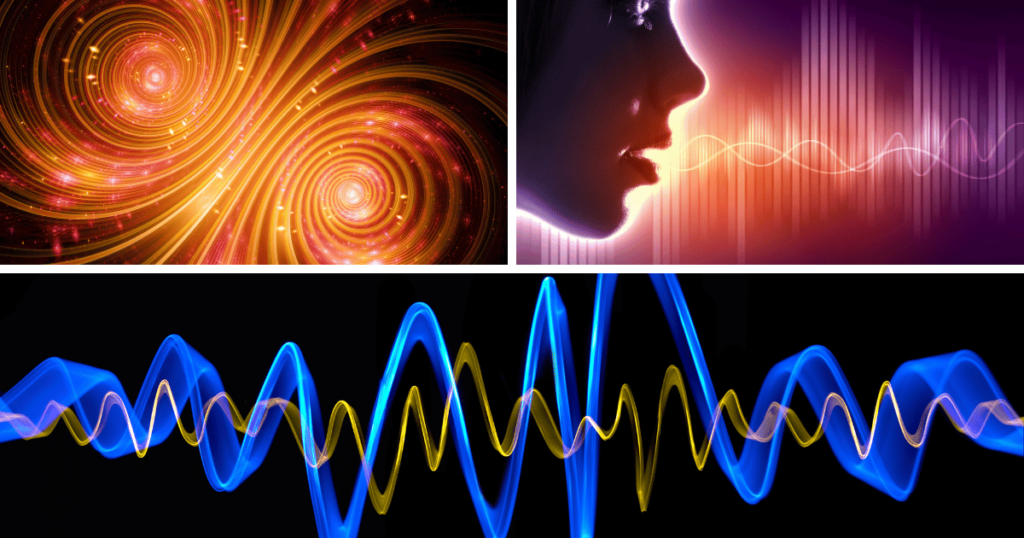
Sound as Therapy
I have had astounding results working with sound, mainly because it is concrete. Unlike abstract language, which can be interpreted in a million different ways, it does not need the intellect. There’s no arguing with it. If you take it in with your undivided attention, it either grabs you or repels you.
I’m sure I don’t have to explain that sound is a series of vibrations that travel through the air or another medium and can be heard when it reaches a person’s or animal’s ears. Nowadays, earphones are hip and provide everyone with a sealed cubicle where they can think, be themselves and escape from everything around them that they hate or are annoyed by. They’re like ostriches sometimes. This trend or craze seems unavoidable, but it is not the ideal way to receive sound: it also has some health risks as we were not designed to plug our ears with synthetic materials and absorb the sounds into the ear equipment at such close range.
Resonance
Sound is, above all, about resonance. It must be allowed to reach out into a space to touch your entire body and environment. This is ‘whole body listening’ and has healing, restorative powers. The basic laws of physics tell us that sound can create matter: Brahma, the Hindu Creator God, was created from sound; the Christian God created the universe with the spoken word. Sound is capable of both creation and preservation.
I have seen transformations of mood and state made by sitting in a resonant space with someone who is disturbed and listening with 100% sense-attention to wonderful music or sound. The great classics played by huge symphony orchestras can generate power in someone who feels weak and helpless. On the contrary, angry and aggressive people can return to their still centre while immersing themselves in joyful jazz riffs or gorgeous voices singing harmoniously. I had one client who adored the singing of whales, repeatedly lifting him into a good place.
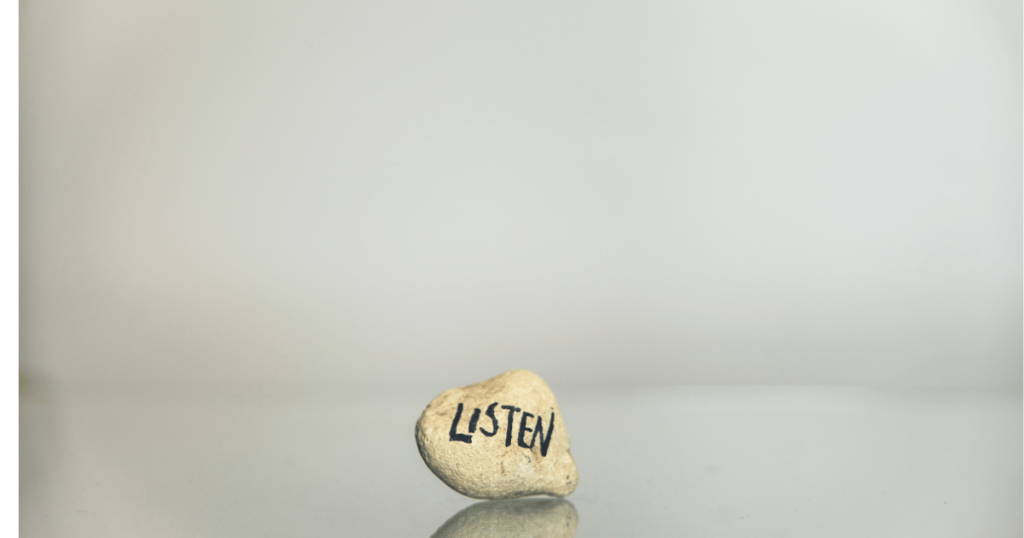
A Music Therapist usually prefers to work in a resonant space, allowing sound to travel and merge with textures and furnishings. Sound may unexpectedly provoke or initiate movement or rhythm, so a spacious, soft environment is the best. Lots of cushions are always reassuring to someone who is out of balance.
Sound can be a great balancer as well as a stimulant. Listening is a hugely mindful activity, focusing the senses and playing down the dominant visual. A posture that always works is eyes closed—not totally—and spine straight. If you listen with all your attention, it also stimulates the breathing muscles: most of us tend to breathe shallowly if we are busy or tense, worried or depressed, so sitting in this posture which allows vibrations to resonate around the body and head, is such a pleasant sensation that it will deepen the breath. You will soon realize nothing is expected of you and sigh with relief.
Listening is here and now: the past and the future don’t figure. There are no rules or time limits, no communication urges, and no one to compete with or be bullied by. It’s a safe and protected space that you can be in control of. So, once the eyes are subdued, the breath is deepened, the listener takes control, and then there is often state change.

Frequencies
Most objects and people have a frequency. The best example is a tuning fork designed to produce a constant pitch. Musicians use them to tune their instruments or voices, but they are also used in sound healing, which can harmonize and stabilize someone’s frequency if it is disturbed. Bridges are an excellent example of frequencies. Did you know a bridge in the centre of London near St Paul’s Cathedral is known as the ‘wobbly bridge’ because it sways when many people walk on it? I’ve experienced it many times.
I live in Japan, where there are many earthquakes, and it’s a fact that when the ground movement matches the frequency of a particular building, it will shake more violently and may even collapse. It’s scary stuff, but it’s all to show you how powerful sound is and how it can be harnessed to make changes.
I had one very disturbed young lady who would throw tantrums for no apparent reason. We soon discovered using tuning forks that she was so sensitive to sound that those that didn’t mesh with her own frequencies sent her whole body into crisis. It was then easy to avoid those sounds and ensure her environment was filled with vibrations that suited her personal frequencies. This calmed her down, and she quickly felt safe and amazingly gained confidence. If your child is prone to tantrums, their vagus nerve may be more sensitive than usual, with a body-chemistry source or a physiological root. However, please don’t give up hope. You can get advice and set up your home/school environment to suit him or her, or use noise-cancelling earplugs when certain sounds are nearby or threaten to be.
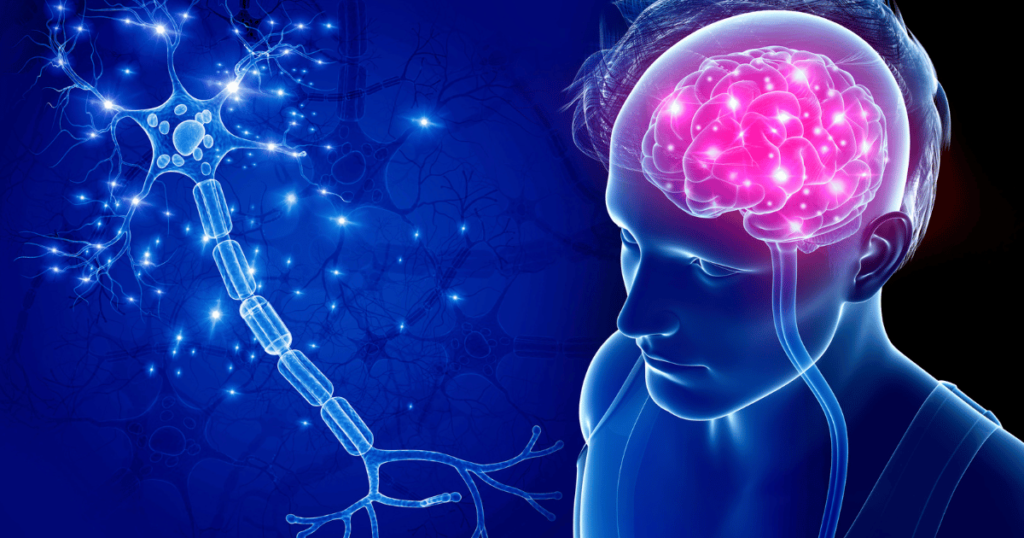
The Vegus Nerve
A word about the vagus nerve because not so many people know about it. This is the longest cranial nerve connecting the ears on both sides with the larynx and then down to the lower body. It contains 75% of your parasympathetic nervous system’s nerve fibres. The parasympathetic nervous system plays a huge role in controlling sensory and motor functions you can’t control, i.e. involuntary.
Its functions include:
- digestion
- heart rate
- blood pressure
- respiration (breathing)
- immune system response
- mood
- mucus and saliva production
- skin and muscle sensations
- speech
- taste
- urine output.
Sorry to bombard you with physiology. It is a crucial nerve for your child’s mental balance. When disrupted, the parasympathetic nervous system restores essential functions and soothes the whole body.
Because the vagus nerve is so close to the ear, the sounds we furnish our environment with are essential. Sound vibrations resonate the eardrums before the vagus nerve, so if those sounds don’t suit your child, they will cause stress. Also, making music, singing and using the larynx stimulate the vagus nerve. Therefore, humming is like first aid when stress attacks. It calms the body and helps control breathing if it has become rapid. So, I used to encourage all my clients to hum if they started to feel upset. Caring for the vagus nerve can also increase long and short-term memory recall because it increases blood flow. Concentration and information retention are also greatly aided by humming. I have used this with many students in a classroom who cannot focus for very long.
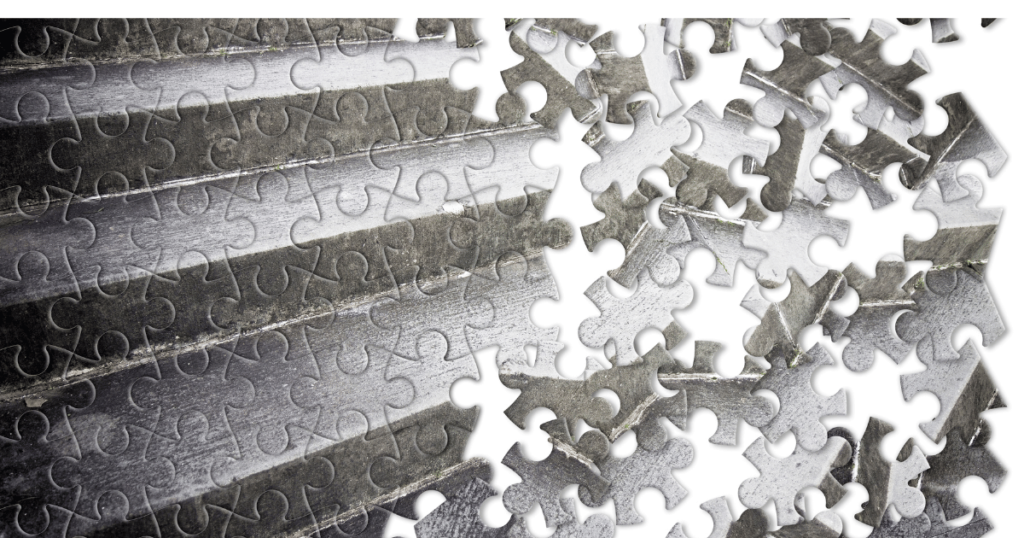
Communication Barriers
If you and your child are dealing with communication barriers, sound or music may break through them. It’s all a question of observing your child’s taste in music or TV programs, which delight your child and allow them to keep state control. Try to explore new music together and observe the reactions and responses. Then, you can find similar music or even TV soundtracks with the help of the internet and notice which tracks your child regularly resorts to. Again, I would advocate listening in an open space rather than using headphones.
Silence may also be a resource that will help or hinder. The silence that follows music is potent as it resonates and leaves its traces behind.
A Parting Thought
Finally, I’ll leave you with something you may never have considered. The ears and listening mechanism are always ready to receive sound even when we are sleeping. So, leaving soothing music playing softly during sleep may help create a beautiful rest so your child will wake in a beautiful mood.
So, in this introduction to me and my experience and expertise, I hope you have found something useful to help you along the route. Forgive me if you are already aware of these things. I’ll also leave a parting image, as images speak much larger than words. I mentioned sound healing above, so here’s a session in progress.

Please remember that change is inevitable as nothing in the universe is permanent, so dark clouds will eventually move on, and the eternal blue sky will show through.
C.Linden Thorp worked as a Music Therapist for many years and shares her experience and wisdom with the parents of children with mental challenges in this series of posts— ‘Raising a Beautiful Mind.’


Hi Linden,
Your post on the centrality of sound in our universe and its therapeutic effects was a delightful read! I was particularly intrigued by the quest for sound as a form of therapy and its direct impact on mood and mental states. It’s fascinating to think about how something as universal as sound can play such a pivotal role in our health and wellbeing. I’m curious, have you come across any specific genres of music or soundscapes that consistently offer positive effects across different individuals? Thanks for sharing your insights and experiences on this unique intersection of sound and therapy.
Thank you for your work and for sharing this insightful piece!
Best wishes,
Makhsud
Hi again Makhsud,
I love to fascinate you! Yes, music/sound therapy is quite amazingly effective because it is so concrete compared to communication, which is so abstract.
Your question is a vast one to try to answer succinctly. You will get a more detailed answer if you read the other articles referenced in this one. Still, in general, the sounds of nature are always efficacious because people have drifted so far away from the natural world. But I also find Classical Romantic music, e.g. Wagner, Rachmaninov, Tchaikovsky, etc., has impressive results, especially symphonic music with sustained crescendos and massive power.
If we worked together in therapy, I would look for your musical makeup observable in the way you walk, your posture, the timbre and use of your voice, and how rhythm touches you while working with percussion instruments.
My pleasure to welcome you into my ideal world.
Blessings and Success.
Hi Linden,
Just wandered into your space and got absorbed by your article on the power of sound. It’s fascinating to see how you’ve intertwined sound therapy with personal growth and mental well-being. Your journey from a musician to a music therapist and educator is inspiring! The bit about sound resonating not just through our ears but our whole body was an eye-opener for me. It’s made me think differently about the music and sounds I surround myself with daily. I’d never considered how sound could be so pivotal in communication and learning, especially in your work with children facing challenges.
Best regards,
Dean
Thank you, Dean, for such an appreciative comment. I’m always thrilled if my articles help readers realize something.
Yes, each of the 84,000 skin pores receives and transmits sound. The visible and vast, invisible worlds are not so separate, as our skin is so porous. This is mainly why sensorily impaired people are so sensitive to sound: they are often much more spiritually evolved than unimpaired people because they focus on what matters.
On a warm evening when many stars are shining, it’s lovely to sit in the air with as few clothes as possible and let the universe’s resonance pass through you. Humans are more than just good communicators: we are transmission towers and receiver dishes.
Enjoy this new perspective. It will change you.
Blessings and Success.
Hi Linden, Great article about sound! Your insightful exploration into the power of sound and its therapeutic potential is truly inspiring. At the end, you mentioned the benefits of listening to music as they fall asleep. This was never anything that I did for myself, nor can I remember playing music at night for my children; but all my grandchildren listen to music as they fall asleep. It must help them a lot. They almost can’t go to sleep without the music now. Not sure if it has helped them all the time with mental attitude when they wake up though!
The Vegus nerve sounds very interesting. Your explanation of the Vegus nerve’s role in mental balance and the therapeutic benefits of humming adds depth to understanding how sound affects our physiological and emotional states. Do you know if it is tied to migraine headaches and the nausea that accompanies it?
Great post!
Scott
Hi Scott, thanks for your insightful comment.
As for your grandchildren listening around sleeping, I think it depends on what they are listening to. I’m sure you curate a nice balanced mix, but I don’t know if you’ve ever tried natural sounds with them! Wilderness sounds are plentiful and readily available on the internet.
If we listen to music that is right for us, for our physical structure and emotional complexion, it can transform mental attitudes. I had a lot of success with film soundtracks with my clients—there are some great screen composers around nowadays—and if you relate the story the music accompanies to your grandchildren as the music plays or pre-dispose them to it, then ask them about it at breakfast, you may be able to start some great discussions. Story and Music are inseparable for any age group.
Migraines? Yes, some research indicates they are. Optimised voice use, both speaking and singing, does make space in the skull! Gravity compresses all areas of our body, so bones, ligaments, and tendons are put under great strain. 40 minutes a day of stress relief Alexander Technique will really help with migraines. Mindful practices also.
You could find my other article on sound interesting: Harnessing the Power of Sound for Wealth Attraction in Buddhism.
Wonderful to have your observations and experience, Scott.
Blessings and Success.
Linden
Hey Linden,
This is such a great topic, of course. As usual, very well done.
Using sound as a central therapeutic tool is fascinating and compelling in practical settings. Experiencing sound therapy’s potential firsthand, I’ve seen how it can shift mental states and enhance emotional well-being. Mainly, resonant environments and the principle of whole-body listening are transformative, helping individuals achieve profound relaxation and mental clarity.
How do different sound frequencies influence our psychological and physiological states?
Moreover, considering sound perception’s personal and environmental variability, what approaches can be most effective in personalizing sound therapy to individual needs?
Hi Sara, thanks so much for the appreciation!
So glad to hear you have participated in sound work.
Sound transforms us if we’re aware enough to notice. But yes, whole-body listening without earphones is essential for it to work. It penetrates muscles, stimulates organs, and can help to adjust tightnesses in the skeleton and behind the eyes.
The sounds must be pure, and the mind must be mindful and elastic for significant psychological breakthroughs. Silence is also sound, so after input of pure targeted sounds, the silence is sometimes even more transformative!
Matching sounds to skeletal and muscular constellations take a little time, but how a person walks can often indicate their central rhythms, and their voice register (both spoken and sung) can help identify frequencies that benefit and those that don’t. Trust is also important: both in the therapist and the sounds.
Love to tell you more but I’ve got more posts planned on this topic so watch this space. You may enjoy Harnessing the Power of Sound for Wealth Attraction in Buddhism, too.
Blessings and Success
Linden
ps: green tea face mask is amazing!! Thank you!